Dutch Gov’ funds Charging Energy Hubs for heavy-duty EVs
Future demands of high-power charging will need grid-sensitive infrastructure. With 20 proposals to select from, the Dutch government is funding a consortium to establish ‘Charging Energy Hubs’ in the country. Working with Heliox and internal documents, we unearth the details and concrete real-world applications that may serve as blueprints in future.
***
Twenty-nine partners, mostly Dutch companies with global ambitions, such as Shell, DAF, or Rocsys in robotics, have set out to manage the push from high-power charging on the grid, expected to multiply once commercial EVs join the growing electric car fleets on the roads.
It is an issue not only the Dutch grid will have to address sooner or later – truck charging hubs at a megawatt-scale are becoming a tentative trend across the industry advanced by policies. The US state of Michigan released 13 million dollars for a “truck stop of the future” with Daimler in North America. Norway’s economic development agency Enova launched a subsidy scheme to build charging stations for heavy-duty EVs in the country this July, to give the most recent examples.
Although Norway is renowned as a pioneer in electric car adoption, Enova says there is “barely developed infrastructure” for charging heavy vehicles. The same may be said for Europe and the Netherlands, where regions are working towards not only ultra-low but zero-emission zones within the next two years, making this a pressing matter.
“From 2025, at least 30 (Dutch) cities must have established a zero-emission zone as per their commitment to the Paris Climate Accord,” Heliox pointed out in 2021 when introducing the Flex Charge system for fleet operators.
There will be more on technology transfer later. For now, Heliox and the partners in the consortium expect electric transport to “exponentially increase”, and with it will the demand for HPC infrastructure. To address this challenge, the project envisions “an efficient use of smart energy systems to maximise grid efficiency through smart energy solutions,” writes Heliox.
Cue in the ‘Charging Energy Hubs’ now funded through 320 million euros from the Dutch National Growth Fund. Heliox could not disclose the total budget but told electrive.com that the project would run for four years, starting from 1 January 2024 until the end of 2027.
Michael Colijn, the Heliox CEO, said they were thrilled to receive the support and called the Netherlands “a powerhouse in the logistics and eMobility sector”.
The consortium unites entities from all sectors and science, which contribute access to sites, vehicles, hardware, software, energy management and knowledge. The set-up assumes cooperation among stakeholders in the value chain as “crucial,” so Colijn.
Heliox ultimately expects the hubs to result in a “decentralised and vital link” between electricity consumers and suppliers.
What do Charging Energy Hubs look like?
This press photo gives a more detailed impression of the partners and their involvement.
At the core of the new hubs will be charging infrastructure by Heliox and power electronics by AME. In future, robots will charge the vehicles with automation delivered by Rocsys and ProDrive. Rocsys has been working on robotic charging equipment for a few years and is part of projects involving heavy-duty EVs in the US.
Back in Europe, regarding energy supply, stationery batteries on-site are to come through Dens or DAF, with the latter also signing responsible for electrified vehicles. Dynniq and DC Systems are to realise the planned local microgrid (DC), which will prove central to the hubs in a bit.
The resulting structure will then allow flexibility during peak demand or grid balancing issues, so Heliox, and it appears that the consortium has commercial users in mind looking at the sheer size and megawatt charging.
Indeed, in a document describing the proposal in more depth than the press release, the Dutch authorities consider it “likely that a large part of the benefits will be private” due to the high investment costs implied. The public intervention was only legitimate “if the private co-financing is aligned with the likely expected private benefits from the project,” continues the Dutch central planning authority, Centraal Planbureau.
Heliox, when asked about the public or private/commercial nature of the projects, told electrive.com that two of the envisioned Charging Energy Hubs would be private, another open to the public.
Consortium builds on technology transfer
Heliox has rolled out large charging depots for commercial operations before. Starting in 2017 in Eindhoven, Amsterdam became one of Europe’s largest bus charging hubs two years later until FirstBus opened an even larger depot in Glasgow in 2022, targeting to charge up to 300 buses. In these cases, Heliox delivered the smart charging software and hardware and has since recreated similar models in Den Bosch, Netherlands, and Montgomery County, Maryland, USA.
In Scotland, however, the operator made the unusual step of opening the depot for registered fleet partners to charge their vehicles during the day when the buses are out running the routes. This year, FirstBus opened another site to the public in Cornwall, again with Heliox equipment.
The equipment installed at the depots relies on technology Heliox debuted in 2019 when it prepared a battery-supported opportunity charging station called SprintCharge. Charging via pantograph is backed up by a stationary battery to boost ultra-rapid charges without disrupting the grid.
Wondering whether Heliox will use this technology for the new Charging Energy Hubs, sources involved in the project told us that “Yes, the basic concepts developed in SprintCharge will be re-used in a new configuration”.
Moreover, the company confirmed that its FlexCharge concept, developed for fleets, would be part of WP8, a term that first emerged in our research in government files.
How concrete are the Energy Charge Hubs?
While the original press information only introduced the concept, the document issued by Central Planbureau revealed details. According to the file, the consortium has already defined eight work packages in depth.
The first of these (WP 1 – 3) deals with hardware development, and the consortium targets developing bidirectional inverters to couple the different power sources and users. Power, for example, from a battery can be supplied to the grid.
Moreover, Heliox said in a reply to electrive.com, that the consortium was working on megawatt-scale DC/DC interlink converters for site-to-site coupling of the DC microgrid as well as AC/DC converters between the grid and the local microgrid. To charge heavy-duty EVs on the DC microgrid, there will be other DC/DC converters for the coupling.
This also means the hubs will not be islands. Heliox said the installation would connect to the medium-voltage AC grid and revealed plans for local wind generation on a 10+ MW scale when talking to electrive.com. In future, there may be the integration of PV and BESS-connected DC/DC converters to feed and buffer the DC micro-grid, Heliox added.
The DC microgrids mentioned before will therefore include local power sources such as solar panels, wind turbines or batteries and supply the charging stations without interfering with the medium-voltage grid. The advantage is that the power does not have to be converted from direct to alternating current, reducing conversion losses, so the document.
Regarding software, the proposal sees the optimisation of the Charging Energy Hubs as a primary task in WP 4 and 5. The resulting software is to take into account the logistics, charging profiles, local energy sources and flexible assets, such as batteries and grid capacity. “The ultimate goal is that participating parties can manage the local power grid themselves through software with linked assets being flexibly controlled to match energy supply and demand,” so the file.
Heliox also mentions the integration of site-to-site MID energy metering for mutual financial transactions based on energy exchange. This aligns with its partnership with Recoy, announced last summer, to fine-tune the vehicle-to-x offerings to include energy prices. And sure enough, Recoy is also listed among the consortium partners. Other partners will deliver fleet, energy management and trading platforms, simulations for system analysis and contribute additional research and knowledge development.
Partners will realise three hubs for different use cases
Most notable are work packages 6 – 8, which specify three use cases in line with the above developments.
According to this, WP 6 tests automatic charging and optimisation software at a private company focused on urban logistics.
WP 7 focuses on a publicly accessible “truck charging plaza, ” including the DC microgrid, automatic high-power charging points, and optimised software. Shell has confirmed its involvement in the said site and told electrive.com, “The proof of the pudding is in the eating”. The corporation added that it would “use this location to learn and to create a replicable blueprint,” allowing Shell “to roll out more hubs within the current grid limitations”.
Lastly, WP 8 is to be a full-scale Charging Energy Hub at a business park, including all of the above technologies alongside transportable battery systems and integration of connected networks on the route. As this work package will apply FlexCharge technology, the hub will support high-powered overnight charging across multiple vehicles and a likely layout in 180 and 360 kW. The nominal DC output of 180 kW allows vehicles to be charged either one after the other in sequential charging mode at 180 kW – or three vehicles in parallel at 60 kW each. The output voltage is between 200 and 1,000 volts, and the rated output current is 3×80 amps. Depending on the application, the Flex can then be combined with CCS-1, CCS-2 or automated Panto-Up or Panto-Down solutions.
Heliox said it could not disclose further details “just yet” but confirmed it expects building works to start in 2025.
The Energy Charging Hub consortium comprises the following partners: AME, DAF, DAMEN, DC Systems, DENS, Dynniq, FIER, Firan, Fontys, HAN, Heliox, Fluidwell, KEMA, Maxem, NKL, Prodrive Technologies, Recoy, Renewable Energy Factory (REF ), Rocsys, Scholt Energy, Shell, Stichting ElaadNL, Sycada, TNO, TSN Groen, Eindhoven University of Technology, Van Berkel Logistics, Van Kessel, XYZ Dynamics, Zero Emissions Services (ZES).
cpb.nl (Proposal with Centraal Planbureau)

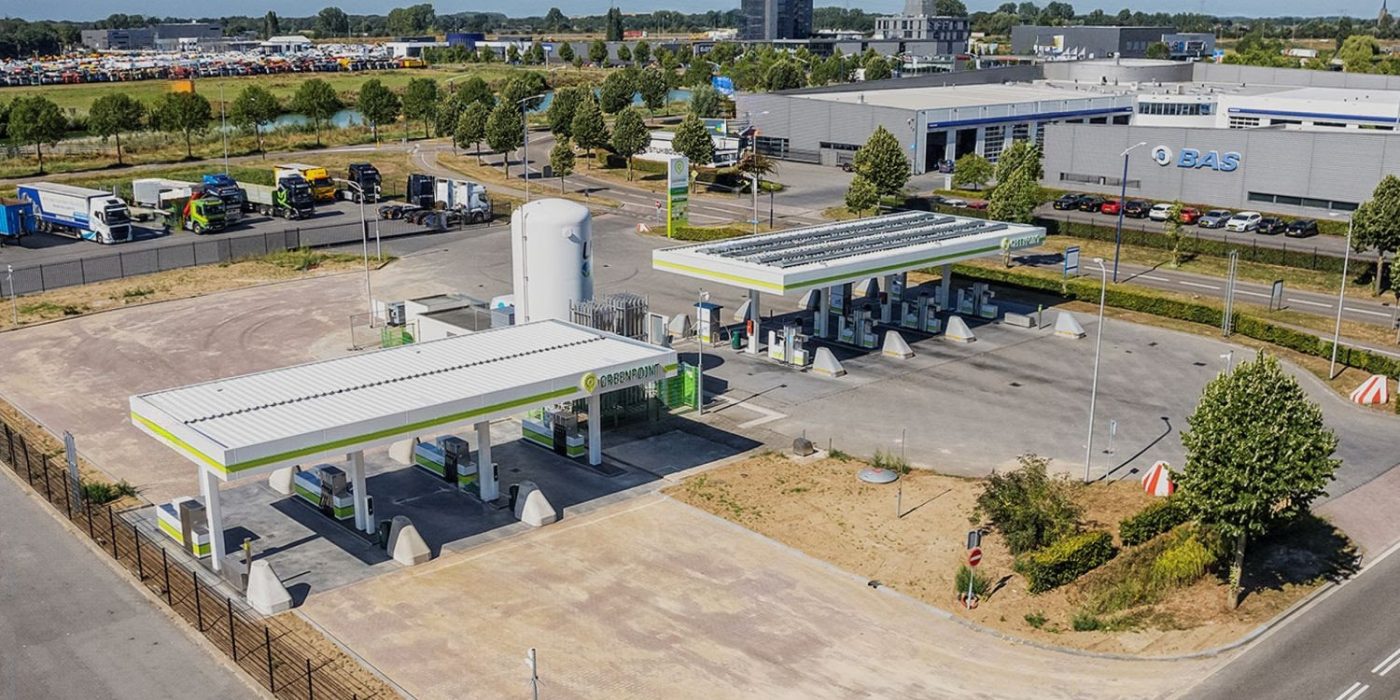
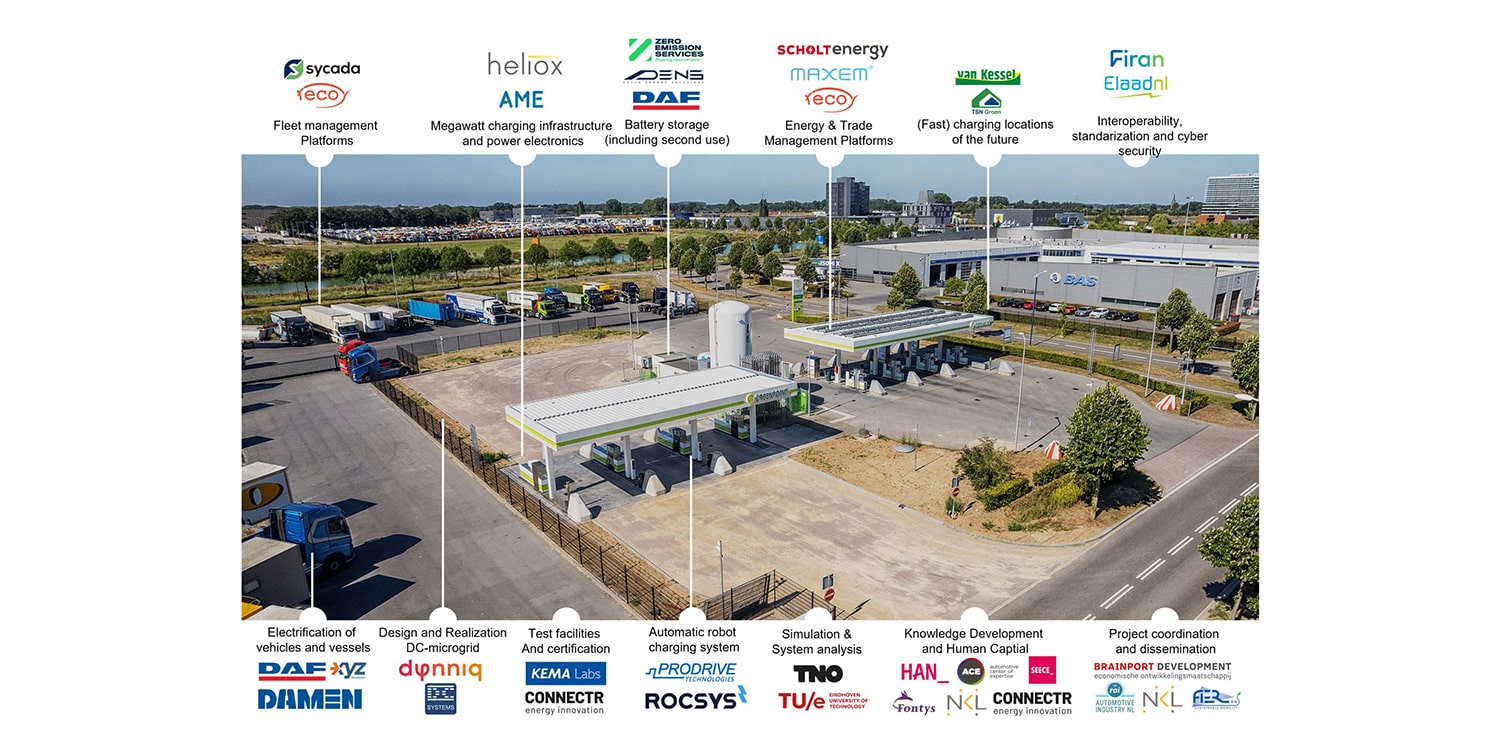
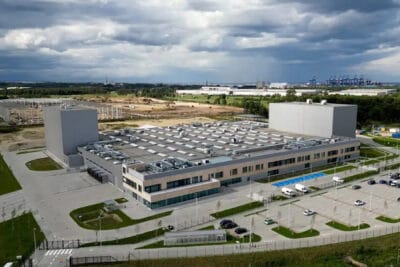
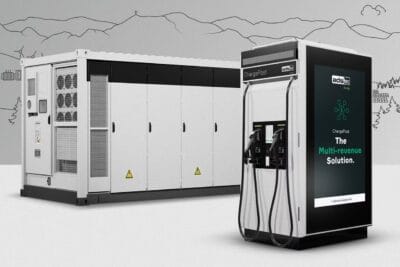
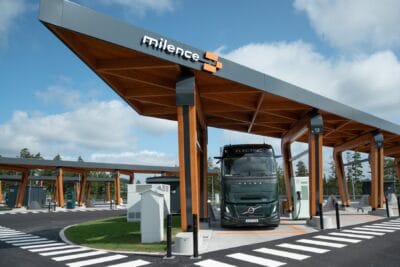
0 Comments